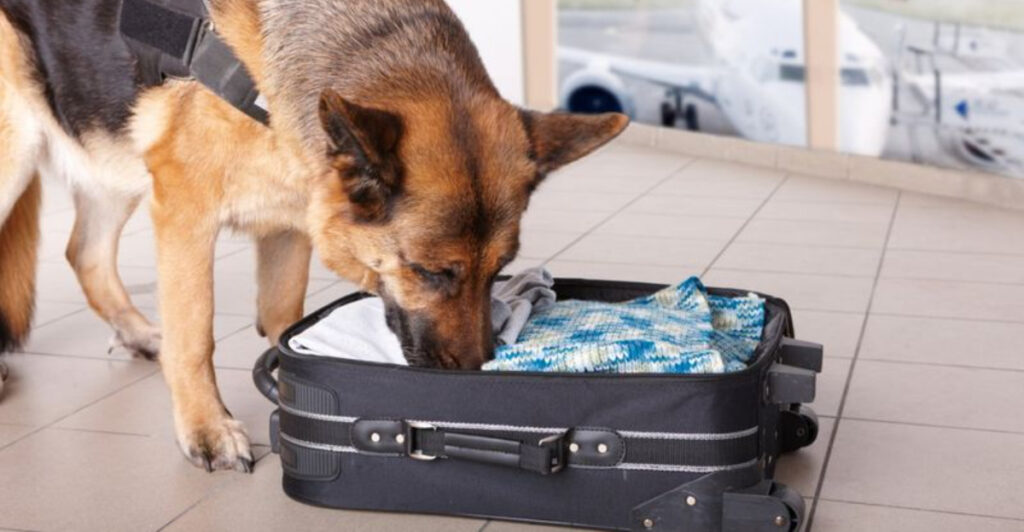Airport security dogs are some of the hardest-working animals you’ll never think twice about. These four-legged heroes patrol terminals daily, using their incredible abilities to keep millions of travelers safe. While you’re rushing to catch your flight, they’re quietly sniffing out dangers and protecting everyone onboard.
1. Their Noses Are Superpower-Level Amazing
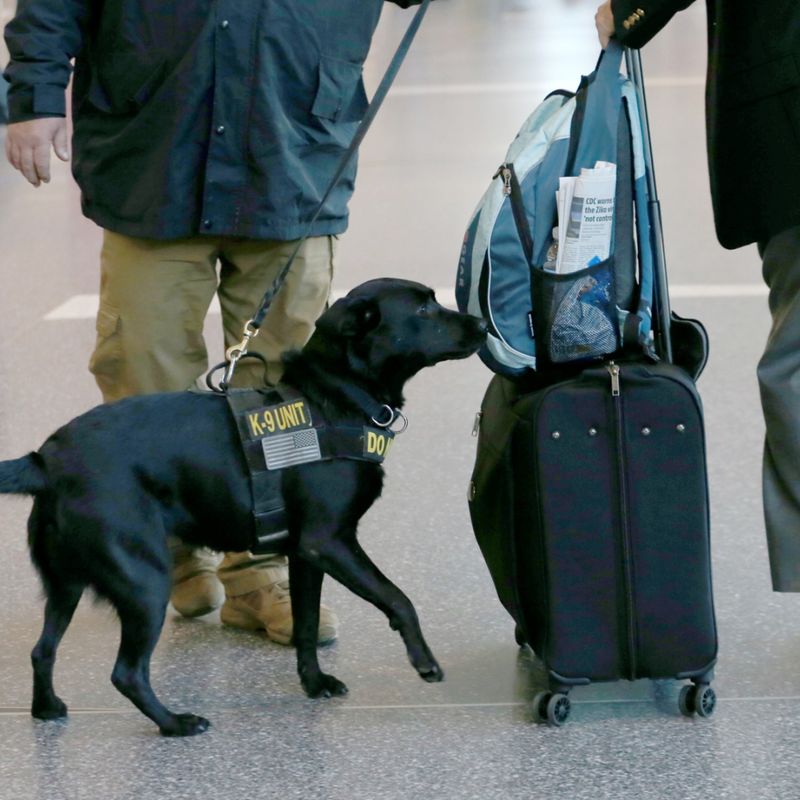
Airport dogs possess olfactory abilities that make human noses look pathetic by comparison. Scientists estimate their sense of smell reaches 100,000 times stronger than ours.
While you smell pizza, dogs detect individual cheese molecules, tomato compounds, and bread particles separately. This incredible ability allows them to identify explosives, drugs, and agricultural products hidden deep within luggage compartments where human inspectors would never find them.
2. They’re Trained for Calm Detection, Not Aggression
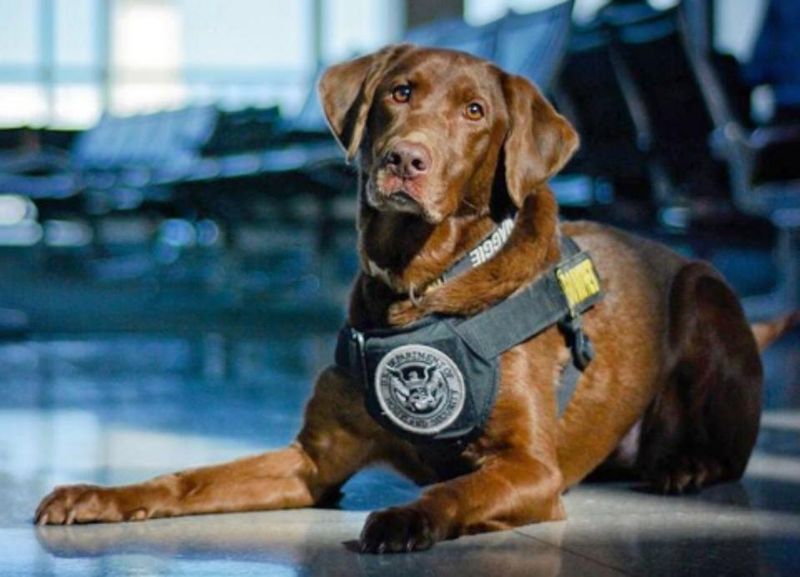
Forget those intimidating guard dogs from movies. TSA canines master the art of subtle investigation, weaving through crowded terminals without causing panic among passengers.
Their training emphasizes quiet confidence over dramatic displays of force. These professional pups learn to detect threats while maintaining a calm demeanor that keeps travelers comfortable. Nobody wants a snarling beast near their carry-on bag during an already stressful travel experience.
3. Food Smugglers Meet Their Match
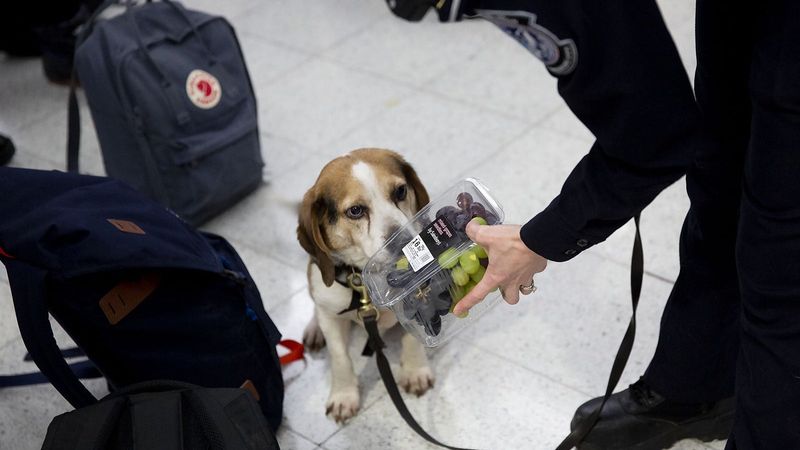
Agricultural detection dogs specialize in catching travelers who try sneaking forbidden fruits, meats, or plants across borders. That innocent apple tucked in your backpack will definitely get you busted.
These canine customs agents protect entire ecosystems from invasive pests and diseases. A single piece of contaminated produce could introduce harmful organisms that devastate local agriculture. Airport dogs serve as the first line of defense against biological threats most people never consider dangerous.
4. Those ‘Do Not Pet’ Vests Serve a Critical Purpose
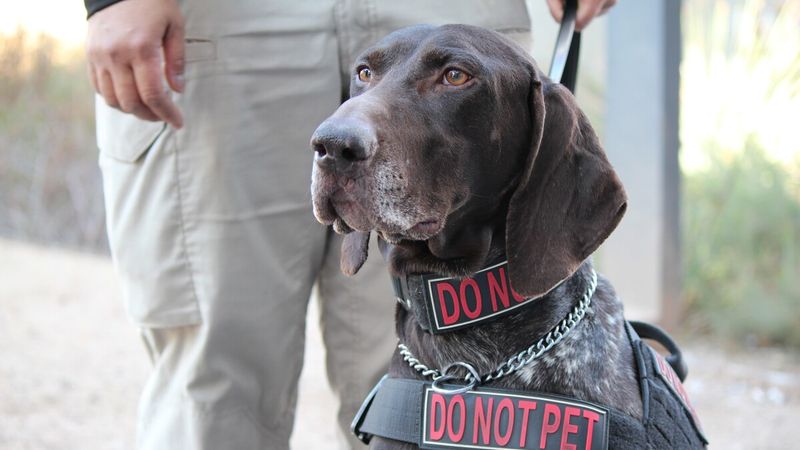
Every adorable airport dog wears a vest with strict instructions to keep your hands to yourself. Petting might seem harmless, but distraction can prove deadly in security work.
A single missed sniff could mean overlooking a genuine threat to passenger safety. These working animals need laser focus to perform their life-saving duties effectively. However, many handlers report their retired dogs become incredible cuddle champions once their official duties end permanently.
5. Not Every Recruit Makes the Cut
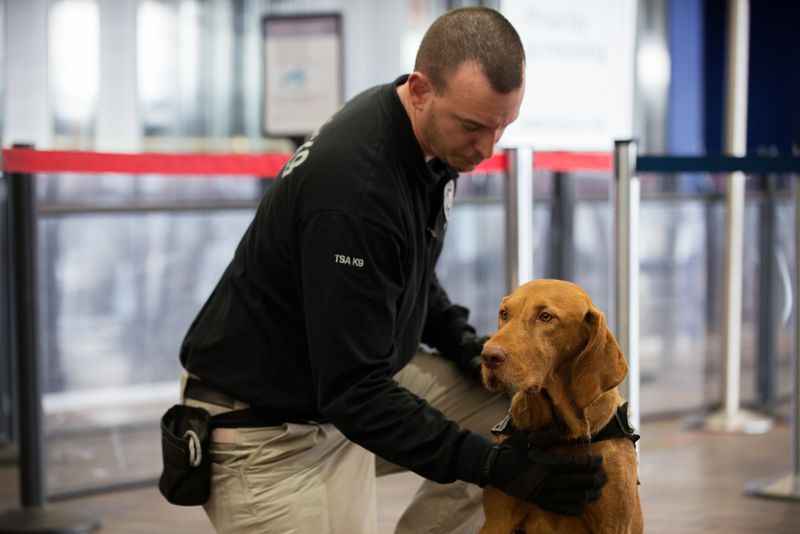
TSA maintains incredibly strict standards for their canine program. Some promising puppies wash out during intensive training phases, unable to meet the demanding requirements of security work.
Failed candidates don’t face grim futures though. Many former TSA trainees find rewarding second careers as therapy dogs, service animals, or beloved family pets. Their gentle temperaments and partial training make them excellent companions for families seeking well-behaved, intelligent dogs with interesting backstories.
6. Passenger Confidence Gets a Furry Boost
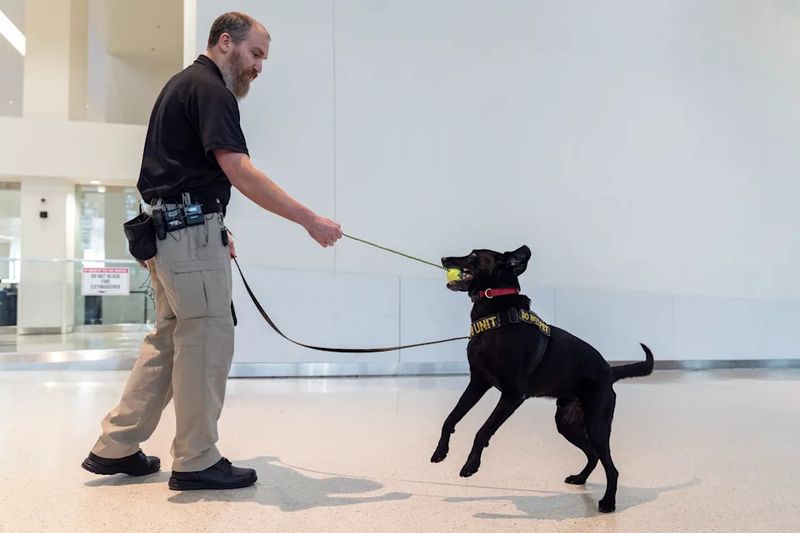
Research reveals something fascinating about human psychology and airport security. Travelers consistently report feeling safer and more relaxed when dogs patrol nearby areas.
Canine presence signals robust security measures without the intimidating atmosphere created by heavily armed personnel. Dogs provide reassurance through their approachable nature while maintaining professional vigilance. This psychological comfort helps reduce travel anxiety for millions of nervous flyers who appreciate seeing friendly faces during stressful security procedures.
7. Working Dogs Carry Passports Too
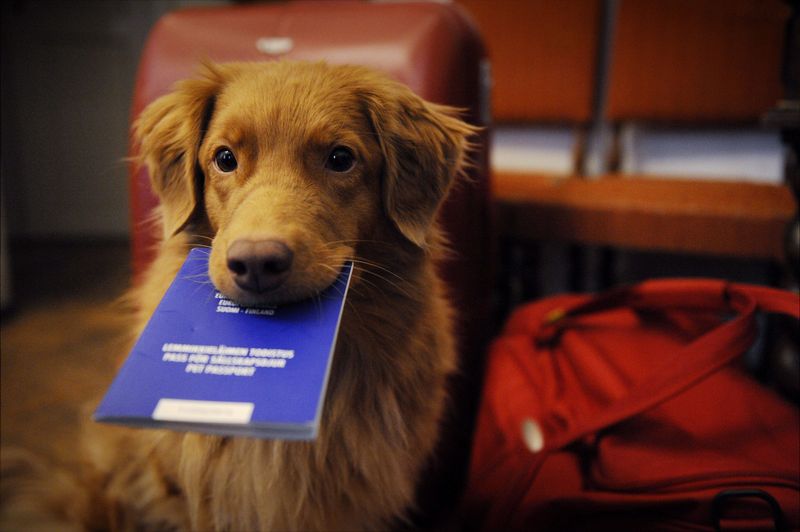
International assignments require proper documentation, even for four-legged federal employees. TSA dogs often travel globally for specialized training programs or temporary duty assignments.
These frequent flyers sometimes possess their own official travel documents, making them more well-traveled than many humans. Imagine explaining to customs that your German Shepherd colleague needs visa stamps for the upcoming explosives detection conference in Europe. Airport dogs truly embody the international nature of modern aviation security efforts.
8. Retirement Comes with Luxury Treatment

After years of dedicated service protecting travelers, airport dogs earn well-deserved retirements filled with comfort and love. Many handlers adopt their longtime partners, ensuring familiar bonds continue.
Other retired canines find placement in carefully selected homes where they finally experience the relaxed lifestyle they’ve earned through faithful service. No more early morning shifts or constant vigilance required. These veteran dogs can finally enjoy lazy afternoons, belly rubs, and the simple pleasures of civilian pet life.
9. Breed Diversity Extends Beyond German Shepherds
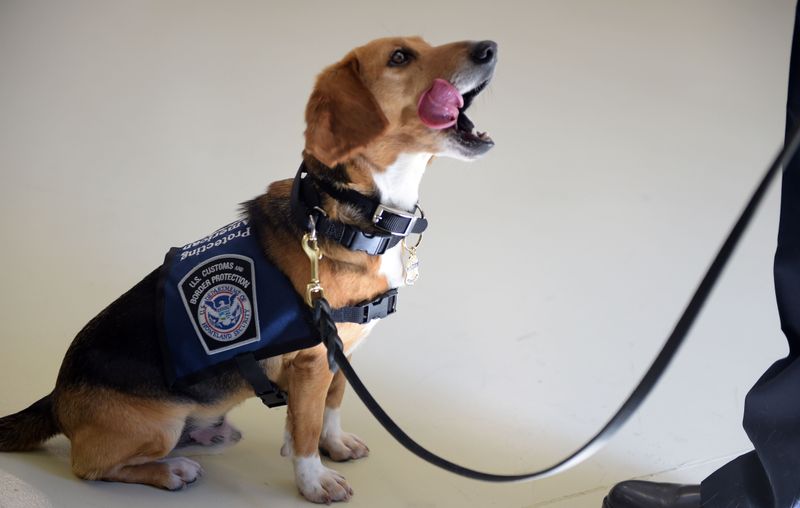
While German Shepherds and Labradors dominate popular imagination, TSA employs surprising breed variety in their canine workforce. Beagles, Spaniels, and mixed breeds earn positions based on exceptional noses rather than impressive appearances.
Smaller breeds often excel at agricultural detection work, squeezing into tight spaces larger dogs cannot access. Each breed brings unique advantages to different security challenges. Airport dog selection prioritizes scenting ability, trainability, and temperament over traditional guard dog stereotypes that emphasize size and intimidation.
10. Unsung Heroes Keep Every Flight Safe
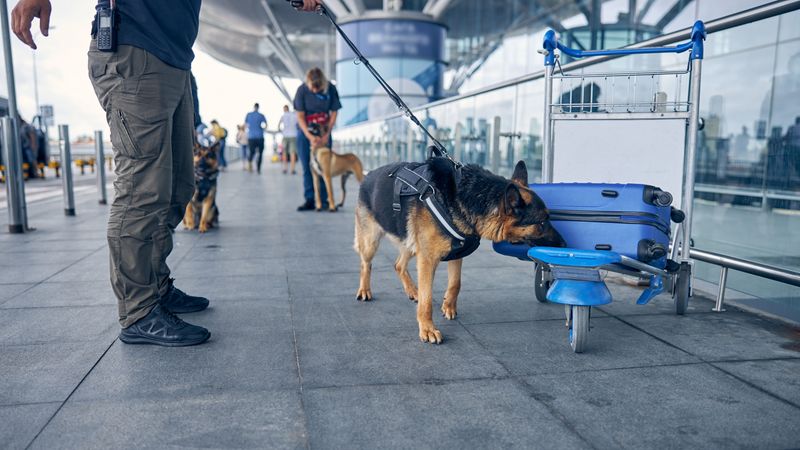
Behind every successful flight lies invisible protection provided by dedicated airport dogs working around the clock. From preventing dangerous contraband from reaching aircraft to protecting agricultural systems from invasive species, these canines handle enormous responsibilities.
Most passengers never notice their quiet contributions to aviation safety. While looking ridiculously adorable during serious security work, airport dogs represent the ultimate combination of effectiveness and approachability in modern transportation protection efforts worldwide.

